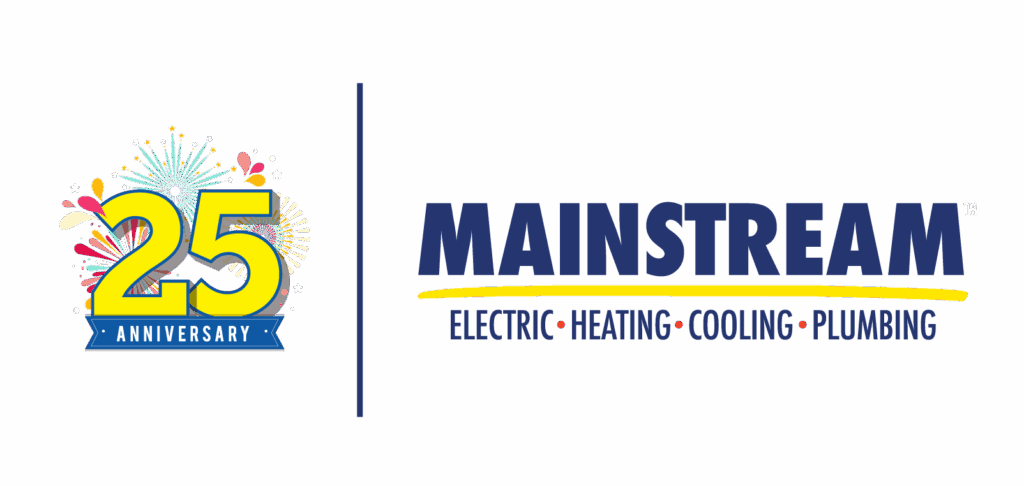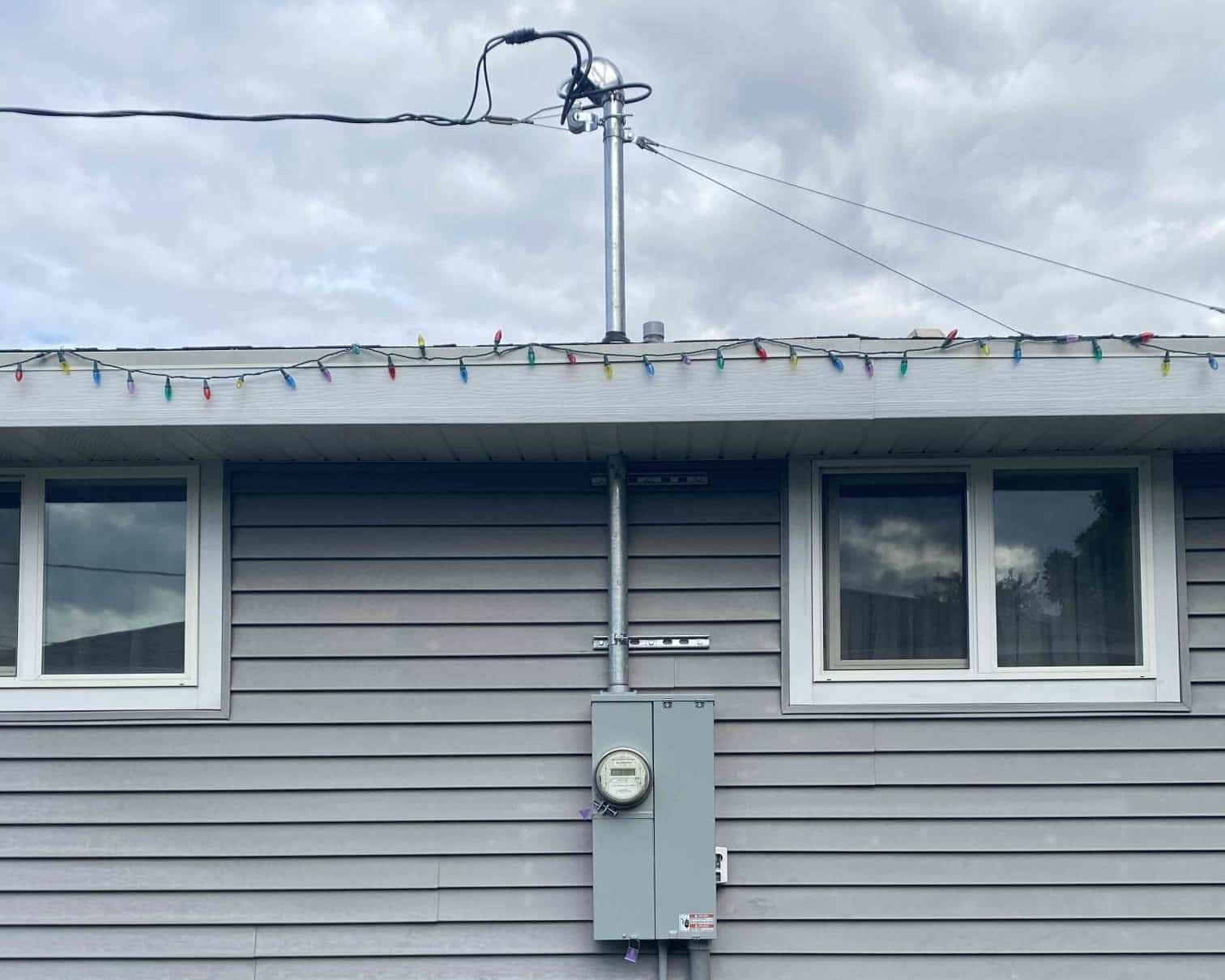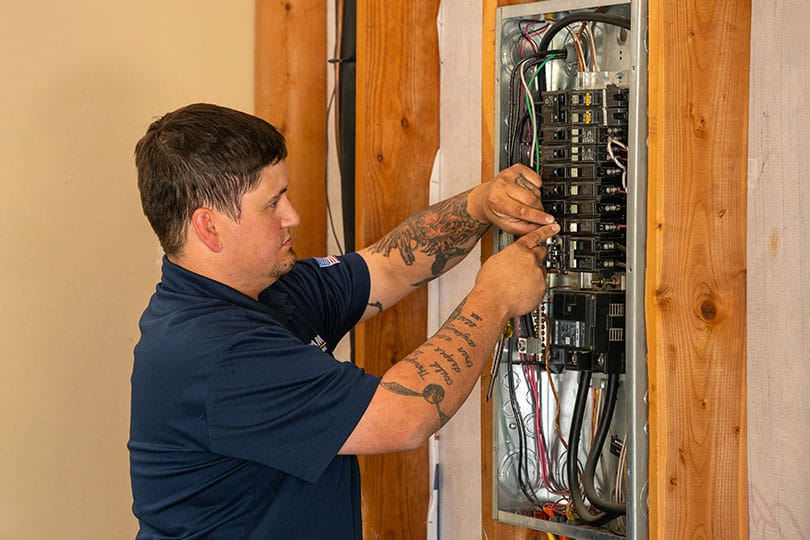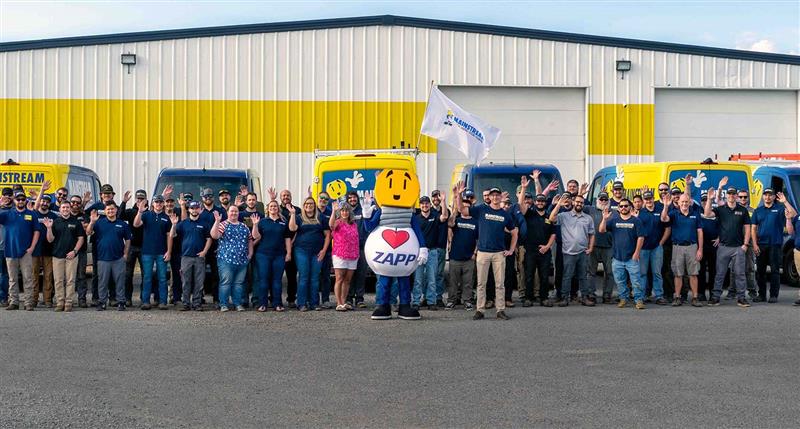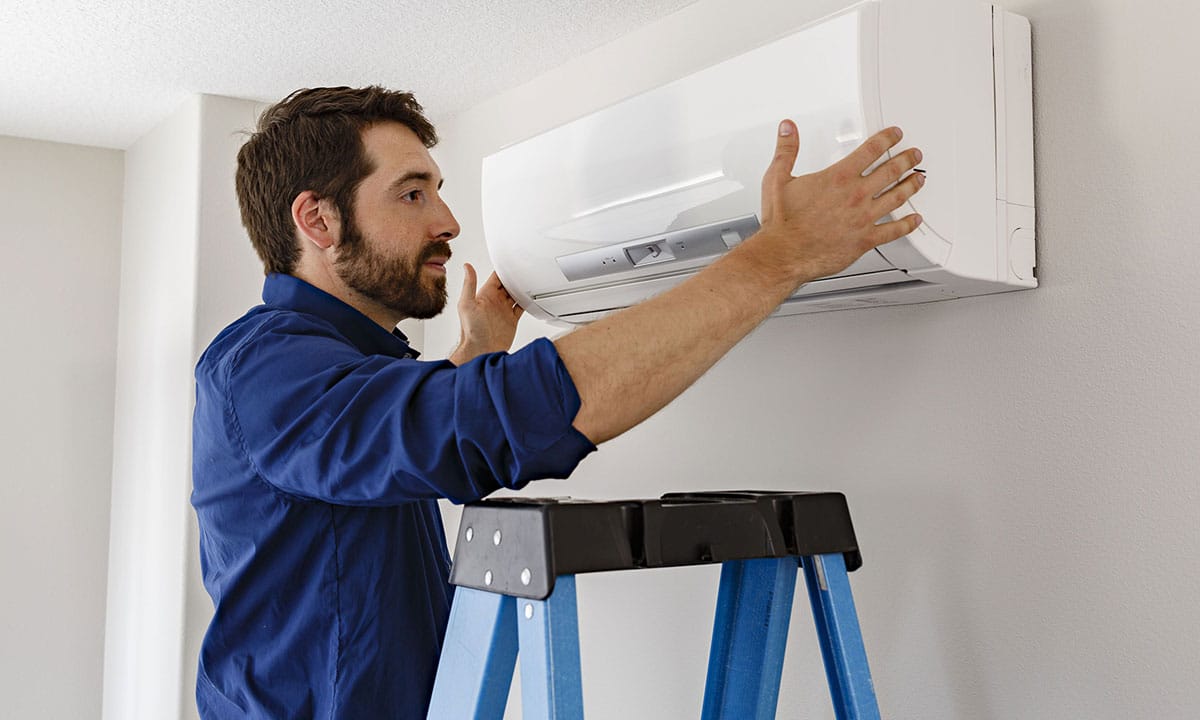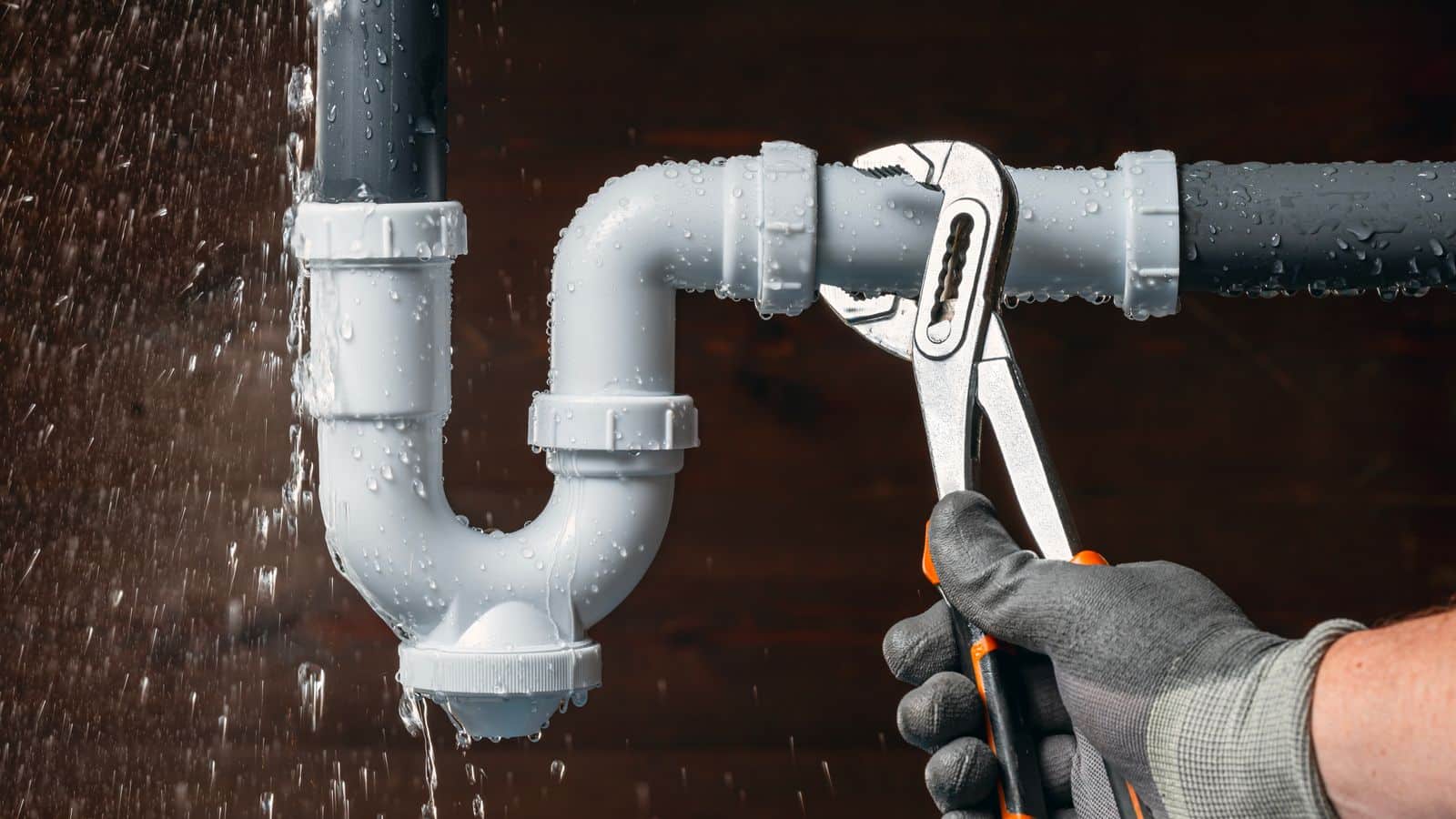Ensuring good indoor air quality is crucial for the health and well-being of your family. In homes across Spokane Valley and Northern Idaho, various common household items and activities can contribute to indoor air pollution. As the trusted name in heating & cooling systems, Mainstream® Electric, Heating, Cooling, and Plumbing are the experts for testing and resolving indoor air quality issues. This article aims to identify these pollutants and provide practical solutions to mitigate their impact, taking into account the unique environmental factors of this region.
Spokane Valley and Northern Idaho are known for their beautiful landscapes and clean outdoor air, but seasonal wildfires and agricultural activities can occasionally affect indoor air quality. Homeowners in this area need to be particularly vigilant about maintaining clean indoor environments, especially during wildfire season when outdoor air quality may deteriorate. Additionally, the colder winter months can limit ventilation options, making it even more important to address indoor air pollutants effectively. By understanding these regional considerations, homeowners can take targeted actions to improve the air they breathe indoors.
Common Air Pollutants in Your Home
1. Cleaning Products
Many cleaning products contain volatile organic compounds (VOCs) that can evaporate into the air, contributing to indoor air pollution. These VOCs can cause headaches, respiratory issues, and other health problems. Use natural or eco-friendly cleaning products that are free from harmful chemicals. Ensure good ventilation while cleaning, and consider using homemade cleaning solutions like vinegar and baking soda. In Spokane Valley, choosing HEPA filters for air purifiers that can handle VOCs in addition to particulates is beneficial, especially during wildfire season.
2. Paints and Varnishes
Paints, varnishes, and other finishing products often release VOCs into the air as they dry, which can linger for months. Choosing low-VOC or VOC-free paints and varnishes can significantly reduce indoor air pollution. Ensure proper ventilation during and after painting, allowing painted areas to air out thoroughly before occupying them. In this region, consider scheduling painting projects during milder weather when windows can be opened, as winter months can limit the ability to ventilate homes properly.
3. Aerosol Sprays
Aerosol sprays, such as air fresheners, hairsprays, and deodorants, can release VOCs and other harmful chemicals into the air. Opt for pump sprays or solid alternatives instead of aerosols. Use natural air fresheners like essential oils or potpourri to maintain indoor air quality.
4. Carpets and Rugs
Carpets and rugs can trap dust, dirt, pet dander, and other allergens. Some new carpets also emit VOCs from the adhesives and materials used in their production. Regular vacuuming with a HEPA filter vacuum is essential. Consider using natural fiber rugs or low-VOC carpets and clean carpets professionally to remove deep-seated pollutants, especially important in areas with high dust levels from nearby agricultural activities.
5. Furniture and Upholstery
Furniture and upholstery can release formaldehyde and other chemicals used in their manufacturing process, and they can also accumulate dust, pet dander, and allergens. Pets often spend a lot of time on furniture, increasing the buildup of dander and allergens. Choose furniture made from natural materials and those labeled as low-emitting. Regularly clean and dust furniture to minimize allergen buildup, using pet-friendly cleaning solutions. This is a crucial practice in regions with varying humidity levels that can affect dust accumulation and in homes with pets to maintain a healthier living space.
6. Candles and Incense
Burning candles and incense can release particulate matter, soot, and VOCs into the air, contributing to indoor air pollution. Use candles made from natural waxes like beeswax or soy and ensure they are fragrance-free. Limit the use of incense and ensure proper ventilation when burning.
7. Gas Stoves and Heaters
Gas stoves and heaters can produce nitrogen dioxide, carbon monoxide, and other pollutants, especially if they are not properly vented. Ensure gas appliances are well-maintained and serviced regularly. Use an exhaust fan while cooking to vent pollutants outside. Consider using electric appliances instead of gas ones, especially in areas with a history of high radon levels, like Northern Idaho.
8. Pesticides
Pesticides used for controlling insects, rodents, and weeds can release harmful chemicals into the air. These chemicals can linger on surfaces and in the air, potentially causing respiratory issues and other health problems. Use natural pest control methods and products, ensure proper ventilation when using pesticides, and follow the instructions carefully. Store pesticides in tightly sealed containers and away from living areas.
9. Dry Cleaning Chemicals
Clothes that have been dry cleaned can emit perchloroethylene (PERC), a chemical used in the dry cleaning process. Air out dry-cleaned clothes outside before bringing them into your home.
10. Personal Care Products
Many personal care products like shampoos, conditioners, lotions, and perfumes contain VOCs and other chemicals that can be released into the air. Opt for natural and fragrance-free personal care products and use these products in well-ventilated areas.
11. Cooking Emissions
Cooking, especially frying and grilling, can release particulate matter, smoke, and other pollutants into the air. Use range hoods or exhaust fans to vent cooking emissions outside. Cook with lids on pots and pans to reduce emissions, and prefer cooking methods that produce fewer pollutants, like boiling or steaming.
12. Building Materials
Spokane Valley and Northern Idaho have seen an influx of people relocating from more expensive cities, such as Seattle and Portland, seeking affordable housing and a high quality of life. This makes new construction and remodels commonplace across the region. Certain building materials, such as pressed wood products, insulation, and flooring, can release formaldehyde and other chemicals into the air. Choose building materials that are low in VOCs and formaldehyde-free. Ensure good ventilation during and after renovation or construction projects.
13. Radon
Radon is a naturally occurring radioactive gas that can seep into homes from the ground. It is odorless, colorless, and tasteless, making it difficult to detect without proper testing. In the Pacific Northwest, the geological composition, including granite and other rock formations, can contribute to higher radon levels. If high levels are detected, install a radon mitigation system to reduce radon levels.
14. Mold and Mildew
Mold and mildew can grow in damp and humid areas, releasing spores into the air that can cause respiratory issues and allergic reactions. Control humidity levels in your home by using dehumidifiers and ensuring proper ventilation. Clean and dry any areas affected by water leaks or flooding promptly.
Solutions. Not Surprises.
At Mainstream, we understand the unique air quality challenges faced by homeowners in Spokane Valley and Northern Idaho. Since 2000, we have been dedicated to providing top-notch HVAC and air quality testing & solutions to ensure the health and comfort of families in our community. Whether you need HVAC maintenance, plumbing services, or advice on improving your indoor air quality, we are here to help.
